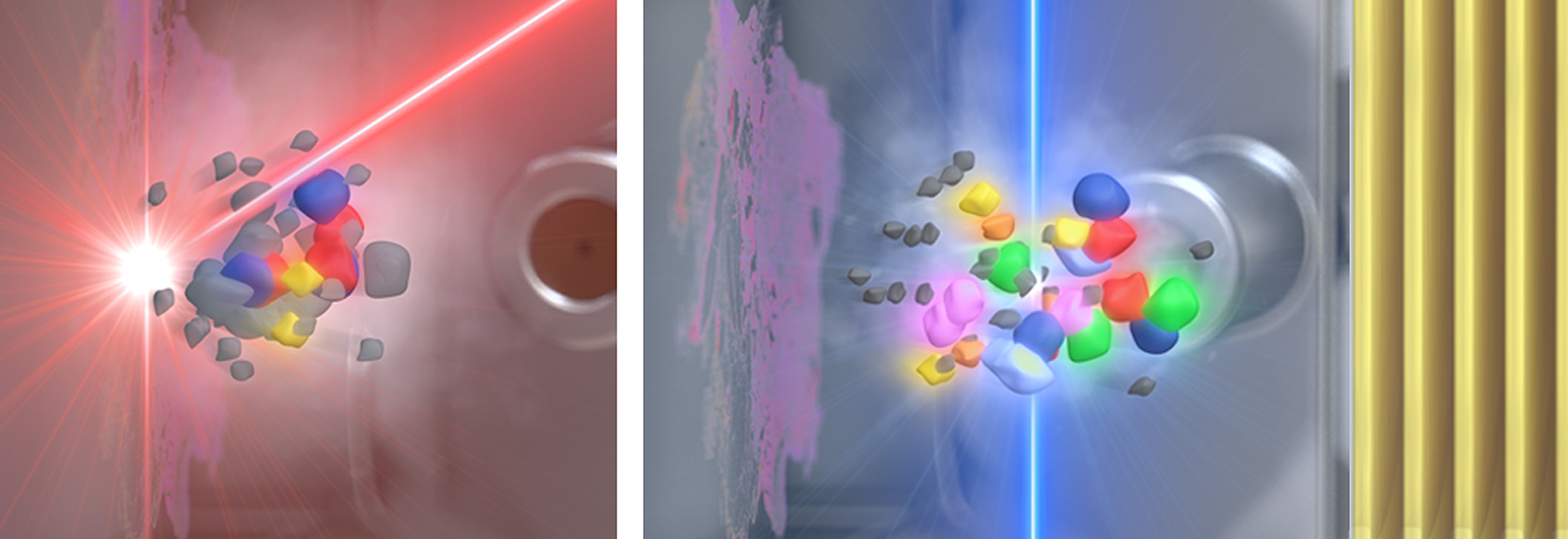

High-speed MALDI-2 on a timsTOF fleX: An overview of applications
Webinar Overview
Matrix-assisted laser desorption/ionization mass spectrometry imaging, or MALDI-MSI, has proven to be a valuable tool to study molecular distributions in tissue sections in a variety of application areas, ranging from clinical research to environmental sciences, and pharmaceutical industry. More recently, laserinduced post-ionization, or MALDI-2, has been coupled to MALDI-MSI, in order to boost ion yields enabling analysis at smaller pixel sizes. MALDI-2 also reduces ion suppression effects and results in a concomitant increase of molecular coverage in tissue analyses.
While the first implementations of the MALDI-2 technology were limited in analysis speed, the current implementation on the Bruker Daltonics timsTOF fleX features a 1 kHz post-ionization laser, allowing MALDI-2-MSI at much higher acquisition speeds compared to other MALDI-2 solutions. The combination of MALDI-2 with the ion mobility separation (IMS) capabilities of the timsTOF fleX allow for unprecedented exploration of the biomolecular content of tissues, as we have demonstrated in a number of applications, ranging from the analysis of small molecules and various classes of lipids in rat brain, testis, bacterial cultures and flatworms, to the analysis of N-glycans from human cerebellum.
Speaker
Dr. Bram Heijs
Head Mass Spectrometry Imaging Group, Center for Proteomics & Metabolomics Leiden University Medical Center, Leiden, The NetherlandsBram Heijs is groupleader of the Mass Spectrometry Imaging group at the Center for Proteomics and Metabolomics. Research interests are developing novel methodologies for clinical MSI, and the application of MSI to solve biochemical/biomedical research questions.
For Research Use Only. Not for use in clinical diagnostic procedures.